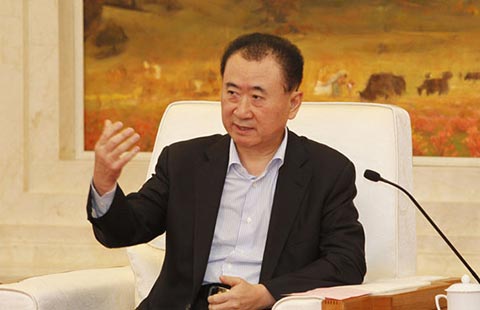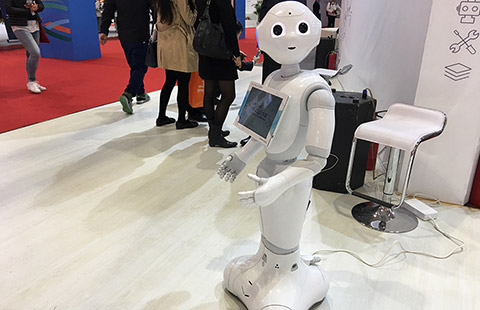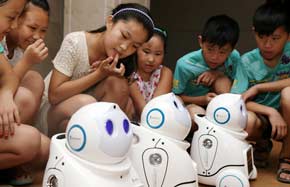Q3 results bolster China's economic transition
(Xinhua) Updated: 2016-10-21 11:04BUENOS AIRES - China's latest economic data indicates the country is on the right path to shifting its economy away from exports and a dependence on heavy industry to one fueled by domestic consumption and services, according to Argentinian analyst Jorge Castro.
Castro, director of the Buenos Aires-based Strategic Planning Institute, spoke with Xinhua about China's economic indicators released on Wednesday by the National Bureau of Statistics (NBS) and what they mean to the country's economic evolution.
China's gross domestic product (GDP) grew by 6.7 percent year-on-year in the third quarter of 2016, and held steady in relation to the previous quarter, raising hopes the country will meet its targeted growth by the year end.
The figures show "the transition process of China's economy is consolidating, and that the reforms are working," said Castro.
As planned, China has reduced heavy industry and increased consumer spending through "innovation, Internet commerce and new enterprise ... led by startups," said Castro.
The third-quarter results came in on target, falling within the 6.5 to 7 percent growth range set by the government for the year.
That goal "has been met, practically. The fourth quarter will see a similar rate of growth," Castro forecast.
On a quarterly basis, the economy increased 1.8 percent on the second quarter. GDP expanded 6.7 percent year on year in the first three quarters of 2016 to reach 52.997 trillion yuan ($7.87 trillion).
According to the NBS, China's economy grew steadily as a result of appropriately expanded aggregate demand, supply-side structural reform and the strength of new economic pillars.
Wednesday's data showed the added value of the tertiary sector accounted for 52.8 percent of the country's GDP, up 1.6 percentage points year on year.
Meanwhile, consumer spending contributed an amazing 71 percent to economic growth in the first three quarters, or a total of 13.3 percentage points more than the same period last year, while energy consumption per unit of GDP fell by 5.2 percent.
China is seeing "an acceleration of its transition process," in which "the old motors of growth, such as the steel, automobile and coal industries," are giving way "to new production and services, such as Internet commerce," said Castro.
Agricultural production remained stable with 139.26 million tons of summer grain output, the second-best seasonal performance in history, with expectation of a good harvest this autumn.
China's industrial output expanded 6 percent in the first three quarters of 2016, largely due to strong performance in the high-tech and equipment manufacturing sectors.
Retail sales of consumer goods increased 10.4 percent year-on-year in the first three quarters, driven by robust online sales.
- China, Germany to discuss forex, investment at Hamburg Summit
- Chinese official proposes free trade area for SCO members
- Europe can learn innovation from China's e-commerce giant: experts
- Global wine production to decrease by 5% in 2016
- China property market sees notable retreat in Oct
- Macao opens trade, investment fair to boost regional cooperation
- Belt and Road lights up global growth
- Tianjin teams up with Glasgow in new energy vehicles


















